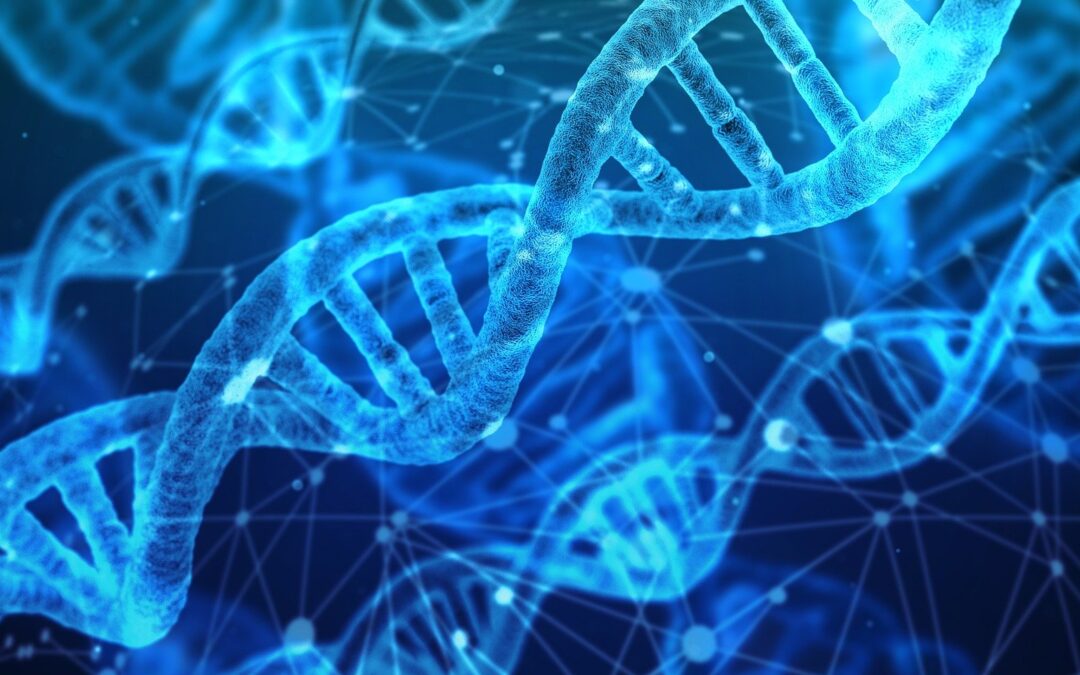High genetic contribution to anterior cruciate ligament rupture: Heritability ~69%
Magnusson K, Turkiewicz A, Hughes V, Frobell R, Englund M. Br J Sports Med. Published Online First: 07 December 2020. doi:10.1136/bjsports-2020-102392
https://bjsm.bmj.com/content/early/2020/12/23/bjsports-2020-102392
Take-Home Message
A person’s risk of an anterior cruciate ligament (ACL) injury is largely influenced by genetics. Hence, a preparticipation physical with a question about a family history of ACL rupture may identify someone at high risk for an ACL injury.
Background
Health care providers should assess modifiable (e.g., footwear, environment) and nonmodifiable (e.g., bone shape, joint laxity) ACL risk factors. Knowing who has these risk factors may help clinicians optimize prevention strategies and ensure a person can make an informed decision to compete knowing their risk of injury. One risk factor contributing to many nonmodifiable factors is genetics. However, small populations and retrospective studies led to conflicting reports on whether genetics plays a significant role in ACL injury risk.
Study Goal
The authors evaluated the incidence of ACL injuries in a cohort of twins from the Swedish Twin Registry born 1911-1999 to determine the familial risk and heritability of ACL ruptures.
Methods
The authors assessed 88,414 twins 17 years or older. These twins could be linked on an individual level to the Swedish National Patient Register in 2016. The authors then evaluated the Swedish versions of ICD-10 and ICD-9 codes for acute cruciate ligament injury. The authors found the date of the first diagnosis of ACL rupture or when they died for each twin. They then calculated the genetic contribution to an ACL injury based on the rate of ACL tears among identical and non-identical twins and other environmental factors (shared and unique within a pair of twins).
Results
Overall, 1.6% (1395 people) were diagnosed with an ACL rupture. The overall heritability of ACL rupture was 69%. The risk of ACL injury for a second twin after the first twin had an ACL injury was higher for identical twins (8.6x more likely) than fraternal twins (1.9x more likely). These findings were consistent among men and women.
Viewpoints
The authors of this large twin registry study found that there is nearly a 70% genetic contribution to ACL rupture risk. It was interesting that the genetic contribution was similar for males and females. These findings suggest that asking familial history questions during a pre-participation examination may be a beneficial and economical method to determine who is at risk for an ACL injury. If someone has a history of an ACL injury in their family (parents or siblings), it may be important to educate them about their increased susceptibility to an ACL injury. Furthermore, regardless of genetic risk factors it would be beneficial to use injury prevention programs, which are designed to be easily and effectively applied to an entire team.
Clinical Implications
Medical professionals should be aware of the genetic heritably increases the risk of ACL rupture. Additionally, clinicians should ask about ACL familial history during a preparticipation examination to determine risk; educate coaches, parents, and athletes about this inheritable risk; and consider practices to decrease this risk.
Questions for Discussion
Have you identified any familial patterns regarding injuries like ACL? With this knowledge of an increased risk of ACL history due to genetic inheritance, does this make you reconsider implementing risk assessment or prevention programs for those with a history of ACL rupture in the family?
Related Posts
- Know your Genetics Before You Hit the Slopes
- Are Genes Acting Against Your ACL?
- ACL Risk—It’s in Your Genes
Written by: Jane McDevitt
Reviewed by: Jeffrey Driban


